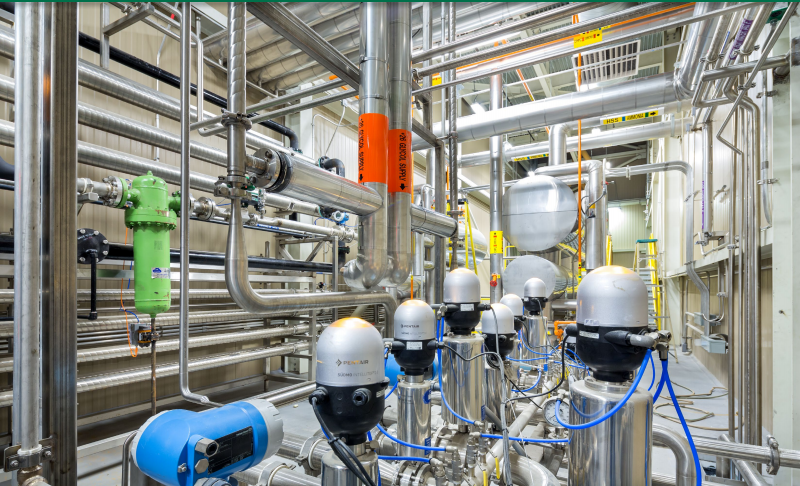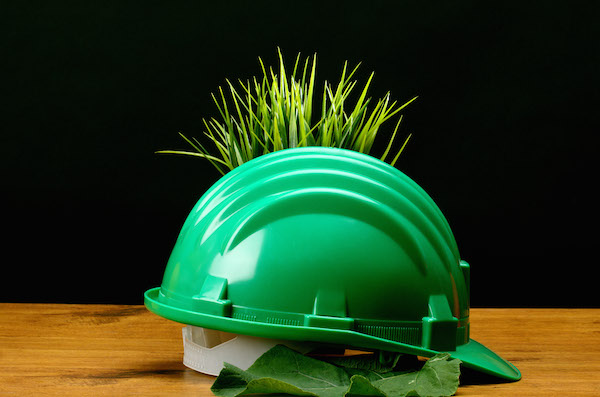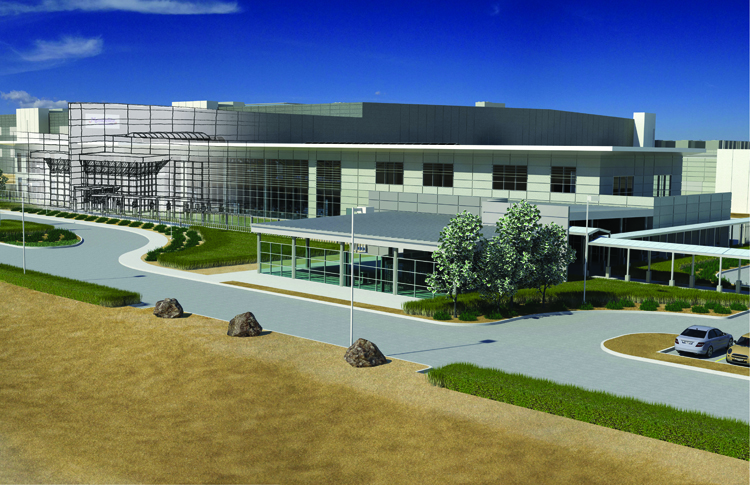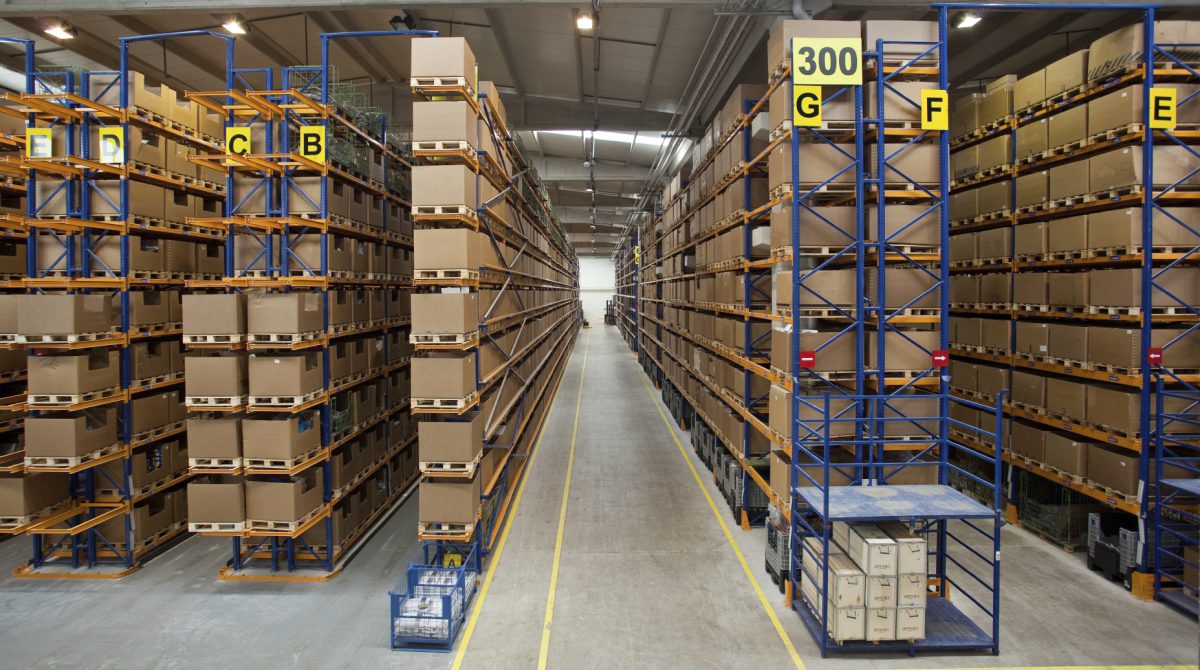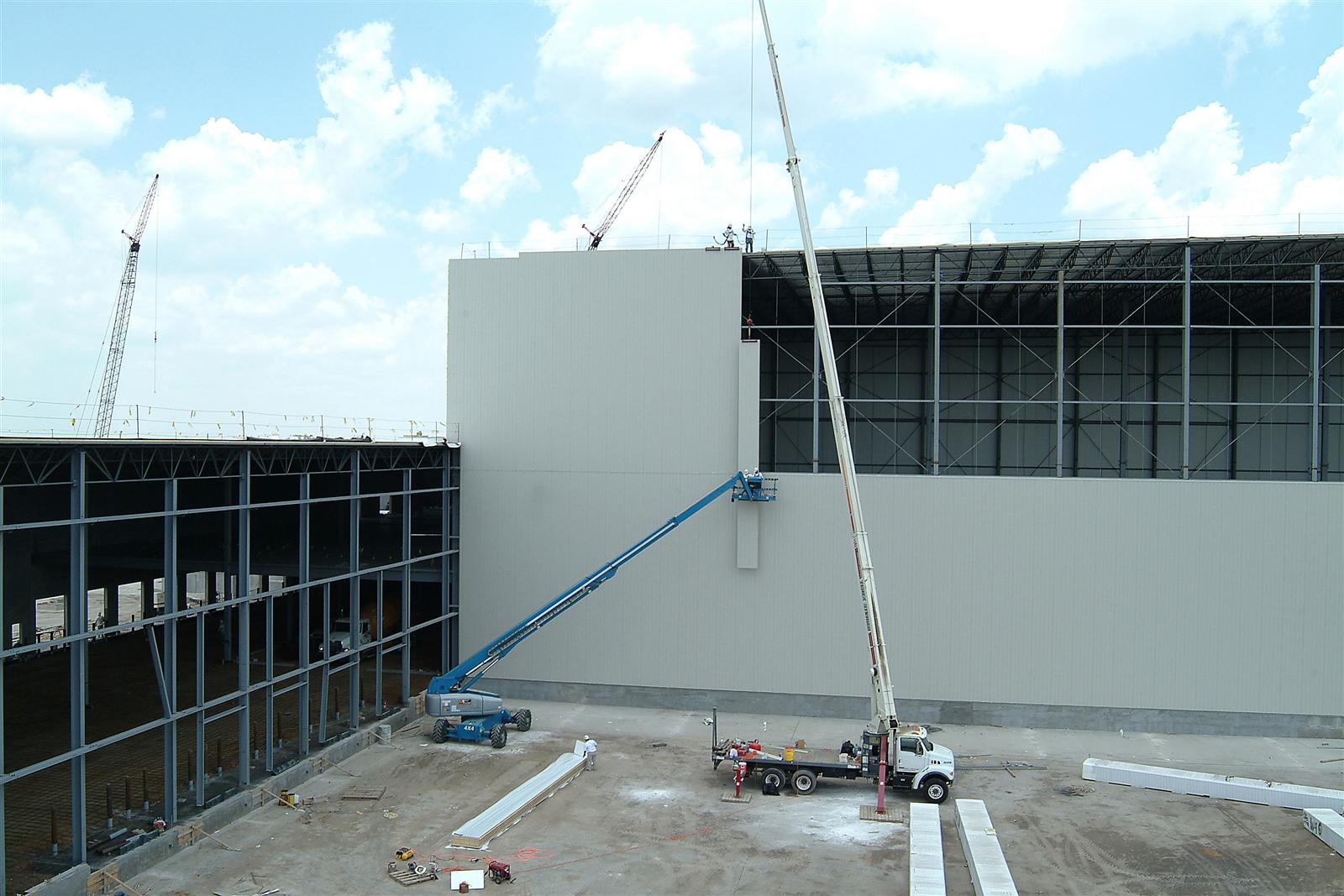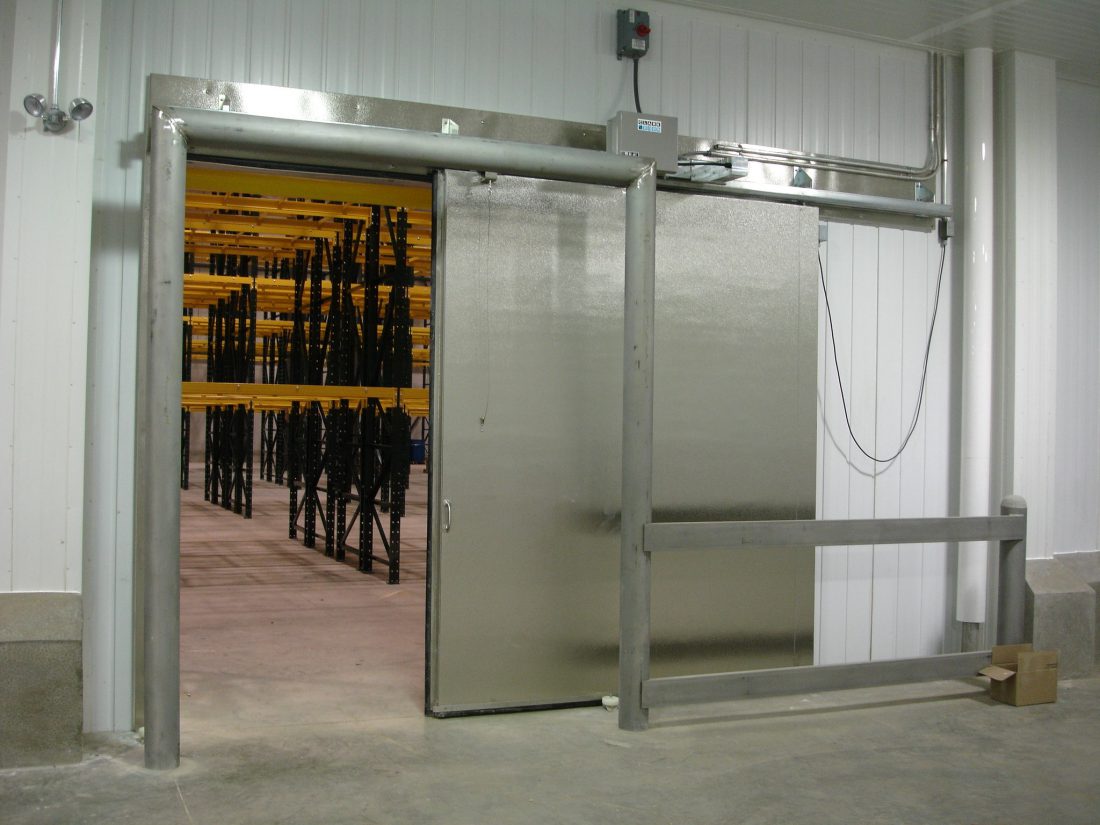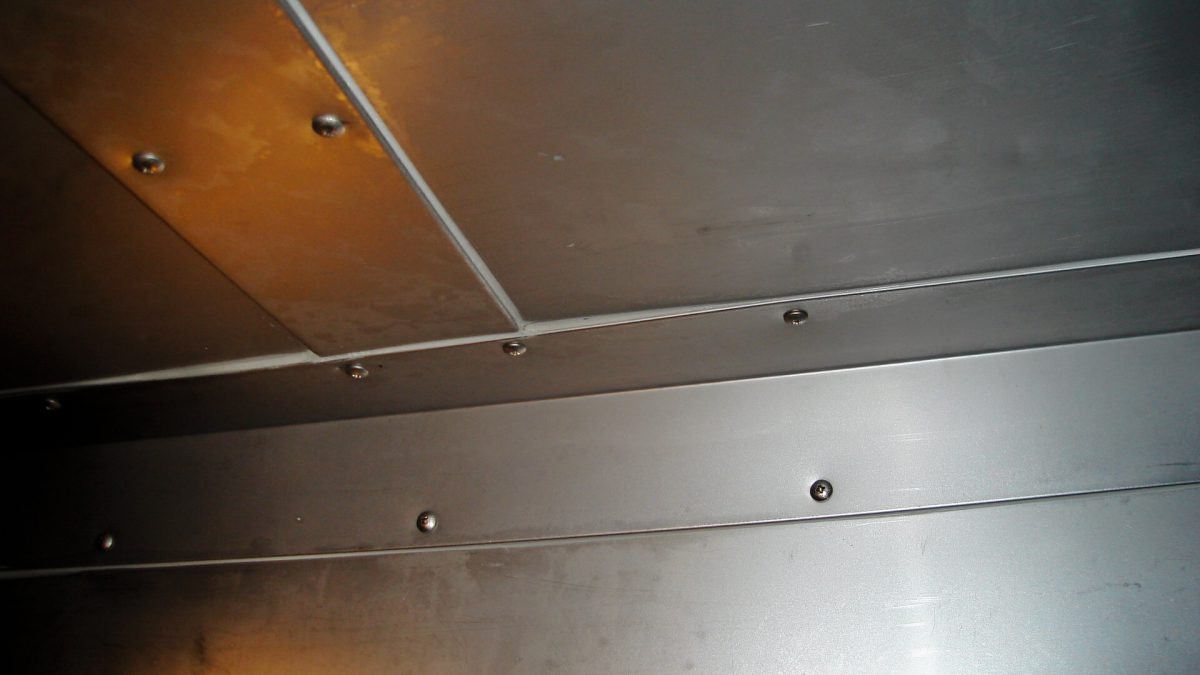What Coffee Producers Can Learn From Starbucks’ Award-winning Coffee Plant
As today’s home-brewing coffee drinkers continue to seek convenient alternatives to coffee shops, the demand for delicious instant coffee has risen. However, it’s not always easy for processors to produce high-quality instant coffee, as there are many moving parts that must come together to put a tasty cup of joe on the kitchen table.
Continue Reading “What Coffee Producers Can Learn From Starbucks’ Award-winning Coffee Plant”



